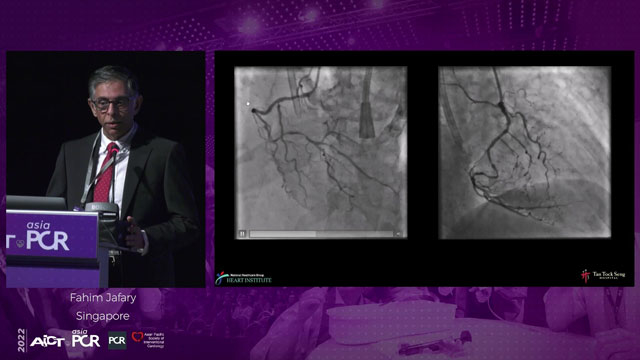Davinder Chadha
Latest contributions
Vascular access, stroke and peripheral
10 Oct 2025 – From AICT-AsiaPCR 2025
This session presents clinical insights into vascular access complications and stroke, featuring a case report of central retinal artery occlusion following primary PCI and discussion of comprehensive approaches to complex PCI procedures.
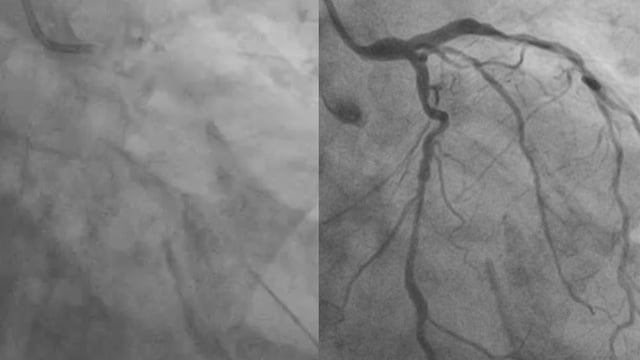
Innovative imaging and guidance techniques
10 Oct 2025 – From AICT-AsiaPCR 2025
This session delves into innovative imaging and guidance techniques essential for managing complex coronary interventions. It encompasses challenging scenarios such as spontaneous coronary artery dissection, imaging-guided PCI fine-tuning complications, ruptured sinuses, and complex PCI in elderly patients with severe left ventricular dysfunction. The session also addresses...
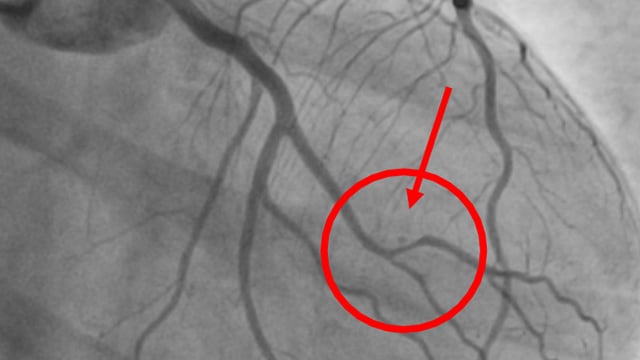
Expanding horizons in coronary calcified lesion management with intravascular lithotripsy
10 Oct 2025 – From AICT-AsiaPCR 2025
This session highlights advancements in managing coronary calcified lesions through intravascular lithotripsy using the Shockwave system. It discusses the unique mechanism of action for different calcium morphologies, reviews the latest clinical data, and addresses complex scenarios including diffuse lesions and challenging nodular or eccentric calcium deposits,...
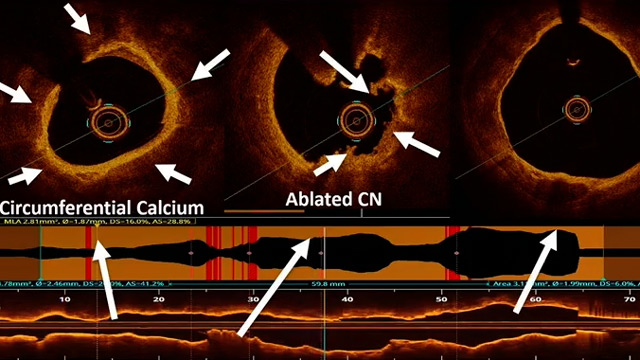
Synergistic use of calcium modification devices for treatment of severely calcified lesion
04 Oct 2024 – From AICT-AsiaPCR 2024
Explore this live educational case from Liverpool Hospital in Sydney, Australia, as we delve into the synergistic use of calcium modification devices for the treatment of severely calcified lesions. Gain insights into the role of intracoronary imaging in selecting the appropriate calcium modification devices and learn...
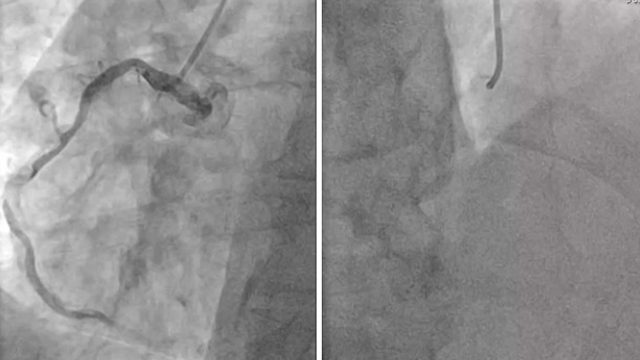
Rapid-fire - Vascular access in TAVI
17 Feb 2024 – From PCR Tokyo Valves 2024
Discover a selection of rapid-fire TAVI vascular access cases: how to deliver a transcatheter heart valve in a calcified aorta, using the buddy wire technique in TAVR with severely tortuous aorta, and more!
Calcified bifurcation lesion - LIVE case
22 Sep 2023 – From AICT-AsiaPCR 2023
A 59-year-old female patient with type 2 DM, dyslipidaemia, hypothyroidism and impaired LV function (39%) presented with multivessel disease. RCA PCI was performed 3 days ago.
The prox and mid LAD showed a severe calcified lesion including the diagonal. The lesion was prepared using a 1.25 Rotaglide™ ('single-person'...
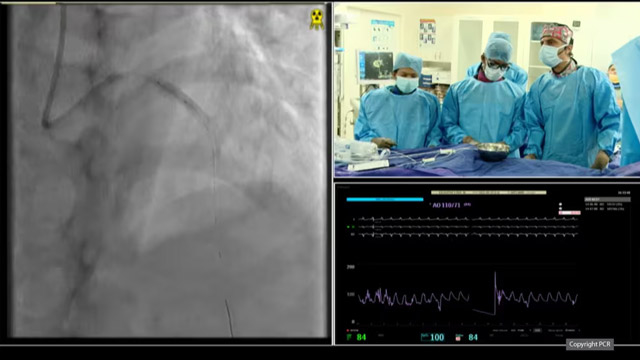
Essentials of lifetime management in patient undergoing TAVI using novel balloon expandable Myval Octacor THV
22 Sep 2023 – From AICT-AsiaPCR 2023
This session with a LIVE case provides information about the Octacor transcatheter heart valve technology, highlighting its procedural and clinical benefits. It also covers the Octalign technique, which ensures precise alignment of commissural and coronary access, and discusses the precise sizing, positioning, and deployment of Octacor THV.

Revolutionising coronary calcium treatment: unleashing the potential of intravascular lithotripsy
21 Sep 2023 – From AICT-AsiaPCR 2023
Over the last five years, we have learned that there is a new tool for treating calcium, the greatest enemy of interventional cardiology, which can take various forms: intravascular lithotripsy. In this session, look at how to master this technique in different scenarios, from eccentric calcified...

Top cases of AICT-AsiaPCR 2023
21 Sep 2023 – From AICT-AsiaPCR 2023
Discover the most intriguing cases featured at AICT-AsiaPCR 2023 in this session: from adrenaline surges to complex primary PCIs gone haywire, from CHIP protected PCI in AMICS to complex CTO of an anomalous RCA, dive into these real-world cases and gain valuable insights that expand your...
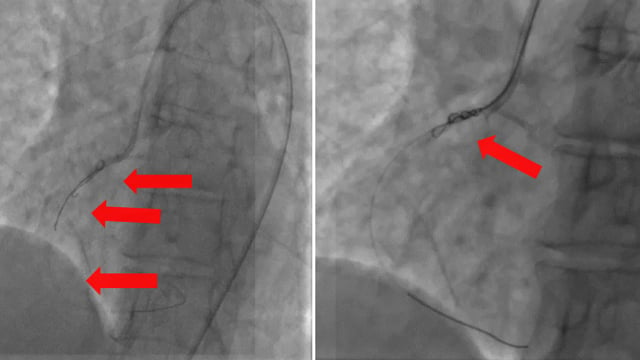
Cracking calcium: best practices to integrate intravascular lithotripsy into your calcium management algorithm
07 Oct 2022 – From AICT-ASIAPCR 2022
With this session, keep up to date on the evidence, trials and outcome data for intravascular lithotripsy in severely calcified lesions. Learn how to use this technique in real-world patients and understand its role in the treatment algorithm for severely calcified coronary lesions.
